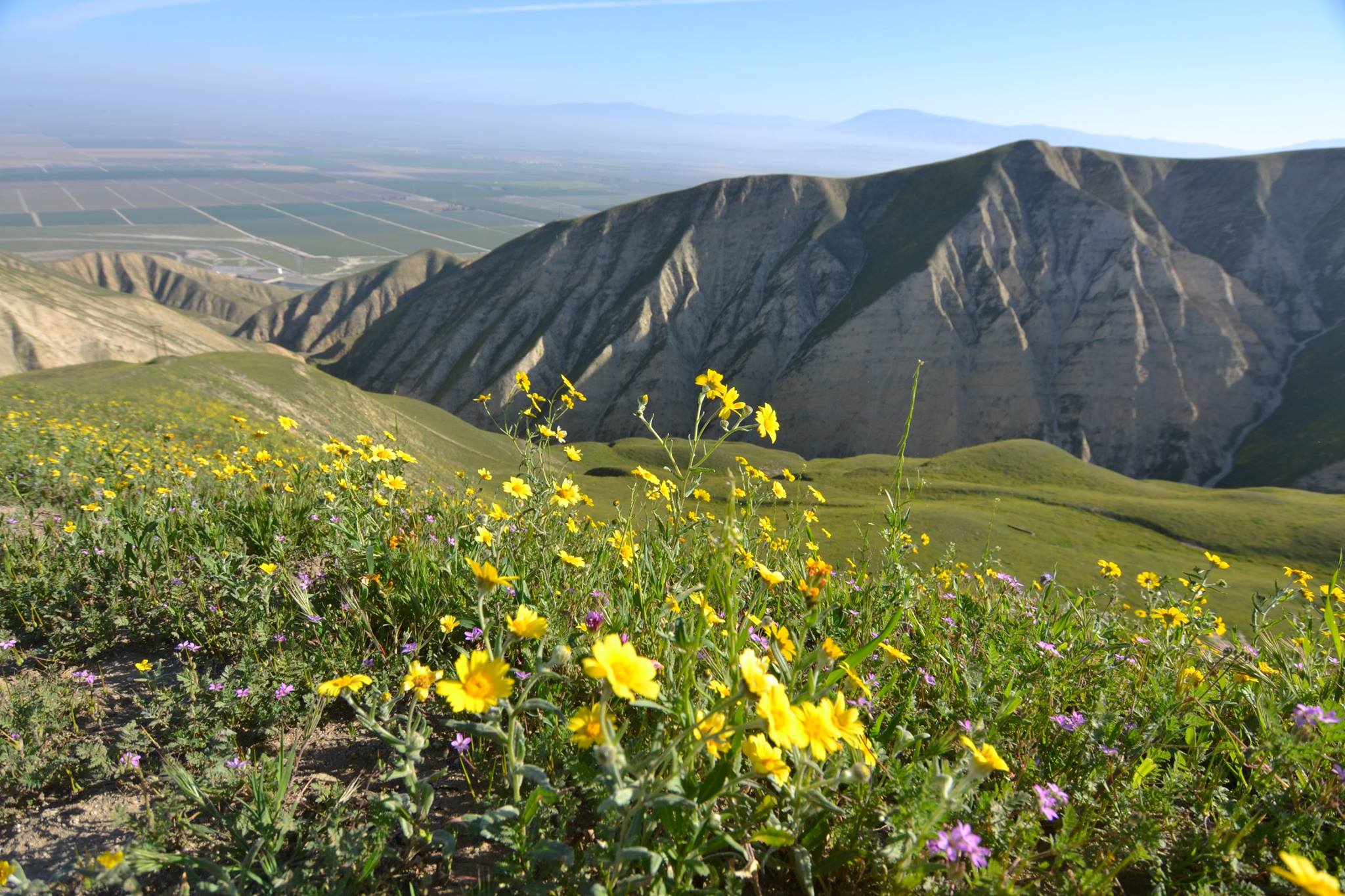Research
My research interests are based in understanding the surface expression of earthquakes over geologic time. I use field observations, paleoseismic investigations, remote analysis using light detection and ranging (lidar) data, and geochronology to better understand the history of surface deformation. In my short career, I have worked to develop these skills through my work with OpenTopography, my MS studies at Arizona State University, and interactions with scientists at professional meetings, short courses, and through a research exchange abroad. I am invigorated by these problems to advance our understanding of regional earthquake history and better inform seismic hazard analysis for public applications.
Wheeler Ridge, CA

Wheeler Ridge is an eastward propagating, north-vergent anticline (10km axis, 330m relief) at the front of the Transverse Range thrust system, southern San Joaquin Valley, CA. The occurrence of wind and water gaps as well as elevated, distinct geomorphic surfaces along the fold axis show that the blind Wheeler Ridge thrust fault is actively growing over the kyr-timescale. The soils, tectonic geomorphology, structural modeling, and slip rate estimates were research foci in the 1990's (Medwedeff, 1992; Keller et.al., 1998; Mueller and Talling, 1998). A recent (October 2014) airborne light detection and ranging (lidar) data collection of ~80 km2 has reinvigorated the study of the tectonic geomorphology at this classic structure. We aim to investigate Wheeler Ridge at unprecedented spatial (lidar) and temporal (geochronology) in order to better understand the differential growth of the anticline and subsequent surface response.
Fieldwork photos!
